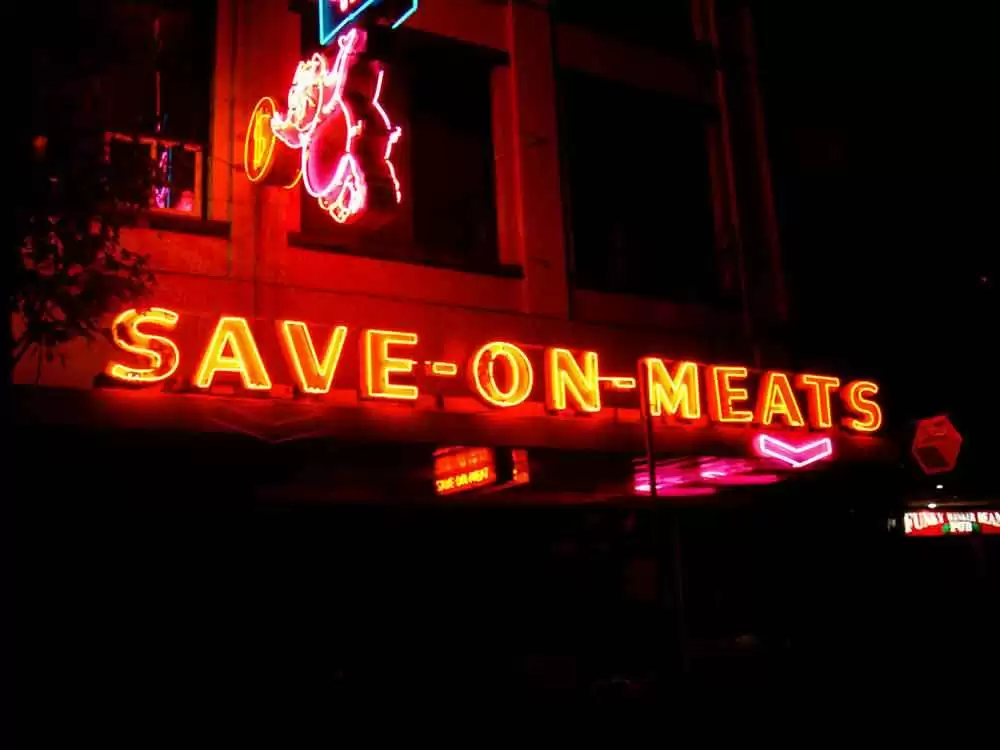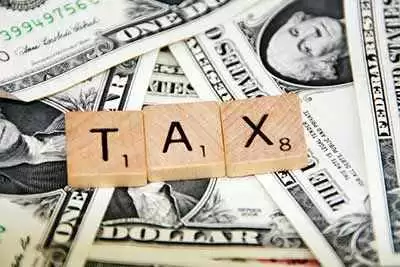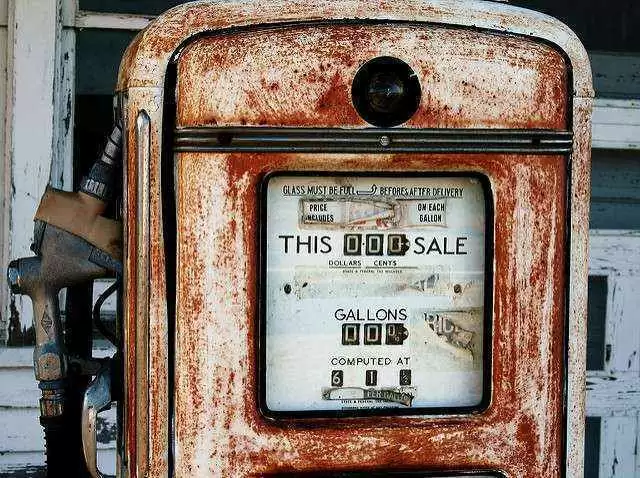
Celiac.com 04/19/2019 - Once you’re diagnosed with celiac disease, it takes just that first trip to the grocery store to get sticker shock from the prices of gluten-free products versus their wheat counterparts. Consuming food is a necessity but paying a lot of money for that food isn’t. Food is one of the few monthly expenses where you have 100% control over both selection and the amount of money to be spent. The good news is that there are all kinds of ways to save on your grocery bill.
Planning is a vital step
Take inventory of what you have on hand and think of ways to use up these foods, especially the perishable ones, in the meals you plan for the next week. Four percent of fresh produce bought by U.S. households is thrown out each year because it was hidden or forgotten in the refrigerator and started to spoil. Simply by looking through your refrigerator frequently and finding a way to use up the perishables, you can save an average of four percent of your grocery bill.
Celiac.com Sponsor (A12):
While you’re in the planning stage, look online and through the newspaper to find out what the nearby grocery stores have on sale and build meals around those items. Don’t rely on memory—write out a grocery list and then stick to buying just those items. According to Personal Finance:
- “Shoppers making a ‘quick trip’ to the store to pick up a few specific items usually purchase 54 percent more than they planned.”
- “Forty-seven percent of shoppers go to the store three or four times each week.”
- “Consumers graze at the grocery store, with impulse buys making up between 50.8 and 67.7 percent of total purchase.”
Imagine how much you’ll save if you do zero impulse buying
The fewer trips you make to the store the fewer times you’ll be tempted to pick up nonessential items. Save time by creating an on-going shopping list. On a piece of paper, write down department headings (produce, meats, dairy, paper products, personal products, etc.); make copies of this then post one each week on the refrigerator so family members can add items under the different headings as needed.
Cutting food waste can be done, but it takes vigilance on your part
When you freeze foods, use a marker to write the date the package was frozen. Food kept in the freezer too long will develop freezer burn that ruins the taste and quality of the food so use the older items first. Freeze things in individual servings. This may sound like a useless step if you have a large family, but there will be times when only three people are home for dinner instead of four or if you’re all going out to dinner but your son has a terrible cold and can’t come along; then you can thaw and reheat just one frozen packet so he has a good dinner.
Buying in bulk isn’t always better
It’s a challenge deciding if buying in bulk will save you money if you don’t really need that quantity. If you end up throwing part of the product away, that’s the same as throwing your money away. If you’re buying paper products and you have room to store a large amount, then bulk buying makes sense. And don’t assume that bulk pricing is always less than buying smaller quantities. Sometimes it isn’t. Do the math before making the purchase.
Check out what’s on sale but be cautious
Just because a food is advertised in a weekly circular doesn’t mean the price has been reduced.
Buy what’s in season
You can pay $4.50 for an acorn squash in April, or you can wait until fall and buy it for fifty cents. Harvest time always offers fantastic savings on produce.
Use coupons
You can actually cut the cost of your grocery bill by fifty percent just by using coupons. Don’t fall in love with a specific brand of anything. If you need laundry soap and you can’t find a coupon for your favorite brand, but a different brand that offers a coupon. When you make your shopping list, put a star by anything that’s on sale or for which you have a coupon. Now look at the list and pick out the items without a star. Go online and type the item name into your browser adding the word coupon (Example: laundry soap coupon). With the exception of produce and meats, you can usually find coupons online for most of your purchases. If you can’t find a coupon, buy the store brand or generic brand.
Check the Internet
You can often save by buying your gluten-free items online. Again, comparison shop including any shipping costs. If only large quantities or whole cases are being sold, see if someone in your support group or another celiac will split the case with you.
Forego store loyalty
Many stores offer loss leaders, foods that are selling at a tremendous discount, to lure you into their store. Go in, buy those particular items, then leave and go somewhere else to do the rest of your shopping. No single store will have everything you need on special in any given week so shopping at two or three different stores will save you the most money. Check out the prices for paper products and cleaning supplies at dollar stores and big box discount stores; the savings can be significant.
Don’t waste money on packaging
Fresh deli meat will cost less than packaged lunch meat. Buying one larger container of yogurt costs less than buying several single-serving containers. Get a large jar of applesauce, a large can of peaches, and a large box of cereal instead of the individual-serving sizes.
Stretch the expensive foods
Meat is expensive so find ways to use less of it. If you’re making meatloaf, add an extra egg, oatmeal (uncontaminated), chopped tomatoes, and shredded carrots to get more servings out of a pound of ground beef. Do the same for hamburgers. Cook meals that use a lot of vegetables and beans and just a little meat, chicken or fish, such as stews, chili, tacos, and tuna noodle casserole. Mexican, Italian and Asian dishes are great for this because they’re made up of inexpensive items such as beans, noodles or pasta, and fresh or frozen veggies.
Fill up on healthy, less expensive foods. Rice and potatoes are natural carbohydrates, low in price, and give you that satisfied full feeling at mealtime. Brown rice holds forever in a cupboard and a half cup of raw rice will feed two people once it’s cooked. Beans are one of nature’s healthiest (and least expensive) food options—fill up on them. Add them to everything to stretch food further. You can add beans to salads, soups, stews, rice dishes, casseroles, vegetable dishes, pasta sauce, tortillas and tacos… and the list goes on.
Check out gluten-free bakeries
If you’re lucky enough to have a gluten-free bakery near you, ask if you can get a significant discount on day-old bread. Gluten-free baked goods have a very short shelf life, but you can pick up several loaves to freeze for when you want to make French toast, bread pudding, stuffing, croutons, or breadcrumbs.
Consider gardening carefully
While it may seem cost-conscious to grow your own vegetables, it’s time to do the math again. Figure out what you’re going to spend in seeds, water, fertilizer, gardening gloves, perhaps a trellis or tomato cages, and any expenses incurred when you have your own garden, and then compare that cost to what you’ll pay when you buy those same vegetables on sale and in season at a grocery store or farmer’s market.
Don’t rule out prepared foods
While it usually costs less to bake your own cookies and prepare your own meals, gluten-free companies often offer irresistible savings coupons especially when they’re introducing a new product. Take advantage of these sales.
Only cook what you need
We tend to cook too much sometimes, especially when it comes to pasta. Gluten-free pasta is expensive so only cook small portions and toss it with a filling sauce that contains sautéed veggies and/or beans to make it stretch further.
Obesity has reached epidemic proportions and one of the main causes is overeating. We eat ‘till we’re full when we should stop eating when we’re no longer hungry. There’s a big difference between the two amounts. If you serve smaller portions, it’s not only better for your health but you’ll be spending less in groceries.
Eliminate sodas
They’re unhealthy and they’re expensive. Ice water or iced tea can be every bit as refreshing and thirst-quenching and will cost you much less.
Use more of the less expensive gluten-free products
Gluten-free bread is more expensive per slice than corn tortillas, so make a breakfast burrito with scrambled eggs and salsa instead of toast. Make sandwiches on a rice flour tortilla instead of bread. Instead of using costly pizza shells, make pizzas on rice tortillas and heat them in the microwave. Bought cookies are pricey; make brown rice pudding for dessert instead. Add your own raisins and cinnamon to plain oatmeal instead of buying the more costly flavored packets. Skip the convenient gluten-free frozen dinners and make your own from leftovers. Don’t buy (or make) gluten-free graham crackers for pie crusts; crush leftover dried-out cookies that you have on hand, add a little butter, and make your own crust.
The old rules of shopping don’t apply in this new economy, but if you make a few changes, you’ll always walk away from the table full and happy.
Impossible Gluten-Free Pie Recipe
Ingredients:
- 2 cups leftover meat or chicken, diced
- 1-1/2 cups gluten-free gravy or condensed cream of mushroom soup
- 2 cups leftover mixed vegetables
- 1 cup gluten-free Bisquick
- 1/2 cup milk
- 1 egg
Directions:
Preheat oven to 400 degrees. Mix the meat, gravy or soup, and vegetables in and ungreased 9-inch pie plate. Stir together the remaining ingredients with a fork until blended then spoon over the meat and veggie mixture. Bake about 30 minutes or until the top is golden brown.








Recommended Comments
Create an account or sign in to comment
You need to be a member in order to leave a comment
Create an account
Sign up for a new account in our community. It's easy!
Register a new accountSign in
Already have an account? Sign in here.
Sign In Now